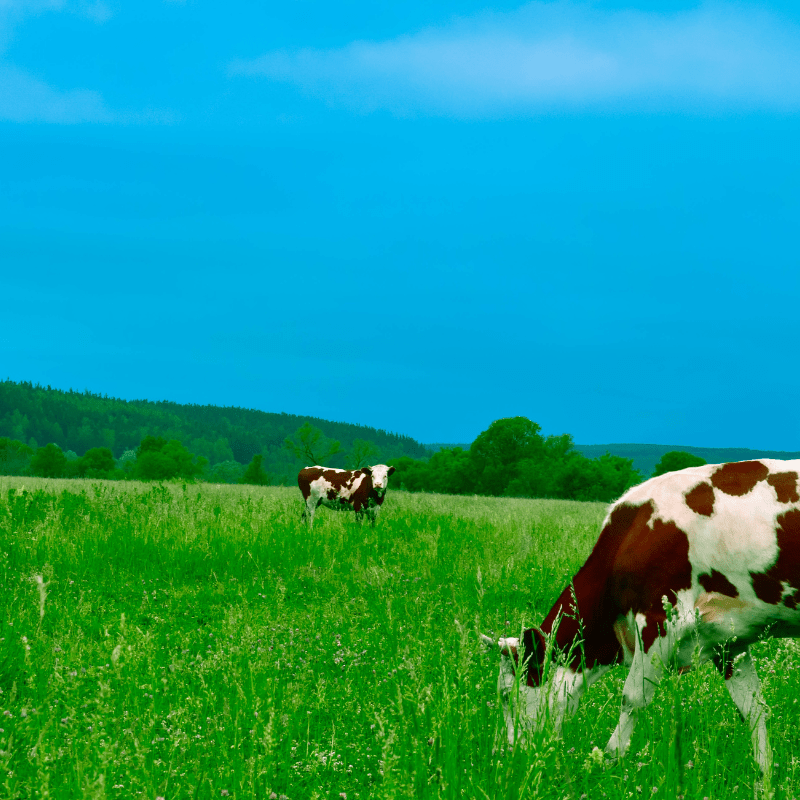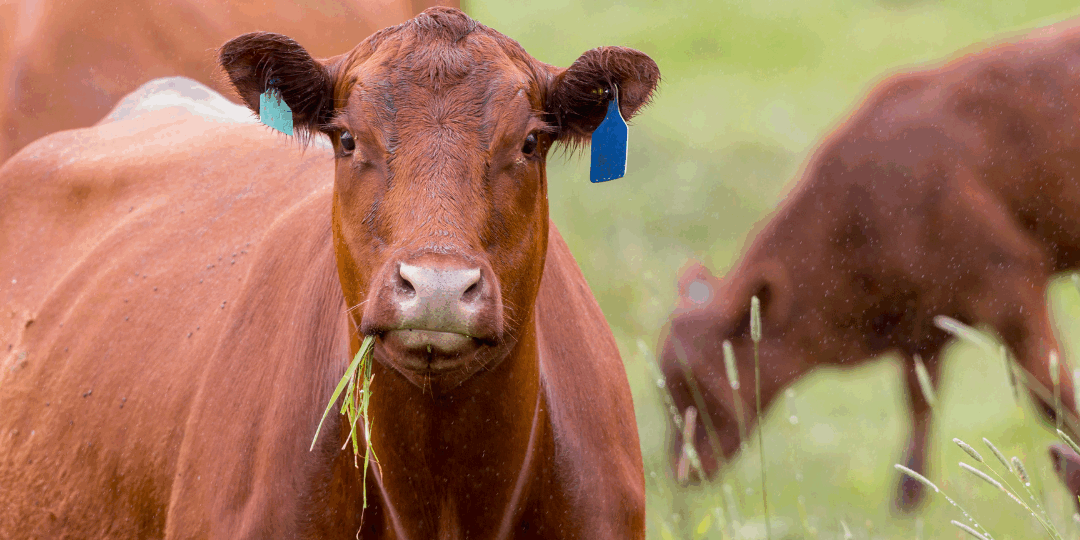Today, there are a plethora of ongoing discussions about large-scale farming and its impact on sustainability. With the adoption of regenerative practices, large-scale farms improve the health of soil, the animal, the economic resiliency of the farm, and can contribute to biodiverse conservation efforts.
Note: While regenerative agriculture can positively benefit the environment, it’s important to remember that all types of farming and farming practices have trade-offs that must be considered. There is no one-size-fits-all solution.
Defining “regenerative agriculture”
Before we get too far, let’s break down how regenerative agriculture is defined. According to the Food and Agriculture Organization (FAO), regenerative agriculture is based on the use of the ecosystem and its natural services and processes. In today’s context, it’s defined as a process aimed “at the preservation and/or rehabilitation of food and farming systems for sustainable production. It focuses on strengthening the health and vitality of soil, increasing biodiversity, improving the water cycle, enhancing ecosystem services, contributing to carbon sequestration, increasing resilience to climate change, and the social and economic well-being of communities.” Regenerative agriculture is one of many approaches within the realm of sustainable agriculture.
The popularity of sustainable and regenerative agriculture is driven by climate change concerns, soil health awareness, consumer demand for ethical products, government support, economic benefits, health considerations, and advances in agricultural research. Its rising popularity has drawn both praise and criticism to the animal agriculture industry, which, interestingly to some, has been incorporating sustainability efforts and regenerative practices for decades. Across the animal agriculture sector, livestock farmers have dedicated themselves to finding more sustainable ways to enhance farming practices. For example, pig farming, which accounts for just 0.3 percent of total greenhouse gas emissions in the U.S., is continually evolving to lessen its environmental impact, with farmers increasingly focusing on renewable energy sources, such as solar panels, to power their farms.
The connection between livestock and soil health
While some may discount the role livestock plays in soil health, their partnership is often an important tool. Livestock can be used in many ways in the regenerative agriculture world. Most often, they are used in various grazing techniques.
Rotational grazing adds a myriad of benefits for not only the animal but also the soil. Rotational grazing is defined as rotating livestock to different areas of a pasture to minimize overgrazing. For farms producing large amounts of crops produce, rotational grazing allows for rest periods to support the cycle of the crop regardless of the season. Rotational grazing also promotes the growth of certain native and invasive plant species, which can absorb essential nutrients and reduce the need for herbicides or other chemicals used for weed control. Allowing native plant species to grow alongside selected crops helps farmers make ends meet by reducing costs for fertilizers, pesticides, and irrigation, improving soil health, and lessening the need for constant labor, all while creating a more resilient farming system.

Mob grazing is a system where animals graze in large groups for a short time in one area. This helps plants grow back strong because the animals graze heavily and then move on, giving the plants time to recover and produce more forage.
Carbon sequestration and minimizing herbicide use
With emphasis on soil health, a healthy amount of manure is said to increase levels of carbon in the soil which, in turn, creates a positive feedback loop for environmental health, a farmer’s economic security, and the health of consumers. Studies have shown that farms incorporating both crops and livestock tend to store about a third more carbon in their soil than those with only arable crops, with much of this benefit coming from the manure produced by the animals.
Regenerative agriculture can also help to cut down on herbicide use by relying on natural processes like nutrient flow and weed control, with livestock playing an important role in both. Livestock naturally cycle nutrients through manure and help control weeds through their grazing pattern. Through techniques like mob and rotational grazing, farmers can greatly reduce the need for herbicides.
Technology and innovation for large-scale livestock regenerative farming
In modern regenerative agriculture practices, technology and innovations act as vessels for efficiency by improving current sustainability efforts and reducing the environmental impact of traditional farming techniques. GPS, remote sensing, and smart fencing enable farmers to monitor pasture health and grazing patterns in order to optimize land use. These tools help the farmer understand where inefficiencies in the soil exist and can help measure pasture recovery times. Real-time tracking helps farmers learn the best grazing techniques to implement to produce a better yield. Wearable technology can track the movement and health of the livestock, indicating times of stress, vital signs, and grazing behavior that can be beneficial in improving farm productivity. Manure collection and handling services are systems that help farmers collect, store, and transport manure from animals, like cows or chickens, to be used as fertilizer. These services make it easier for farmers to manage manure, ensuring it’s spread in the right places on the farm to improve soil health and reduce waste.
Current challenges and conclusion
Current challenges in regenerative livestock farming are primarily related to climate. There is a sense of urgency in acting sustainably without increasing land area; however, increasing land area and utilizing un-used pasture can help regenerate soil naturally, allowing it to feed the soil that processes manure and herbicides.
Large-scale livestock and poultry farmers have been striving for decades to enhance sustainability in farming practices – and many engage in some of the techniques mentioned. While regenerative agriculture practices are beneficial, they are not the only ways farmers and ranchers are creating a more sustainable food system.
There has been significant progress made, and progress that has yet to be made, but livestock and poultry farmers have been at the forefront of formulating and implementing sustainability practices in agriculture, constantly adapting to new methods and technologies that prioritize both environmental health and food production.
The sector’s commitment to sustainability has led to the adoption of technologies such as anaerobic digesters, manure collection systems, and precision farming tools that help farmers reduce waste, enhance soil fertility, and minimize environmental impacts. While challenges related to climate change and land use remain, the continued evolution of livestock farming practices, including the adoption and continuance of regenerative methods, plays a supporting role in ensuring that agriculture remains both productive and environmentally responsible.
All posts are the opinion of the author and do not necessarily represent the view of the Animal Ag Alliance.







